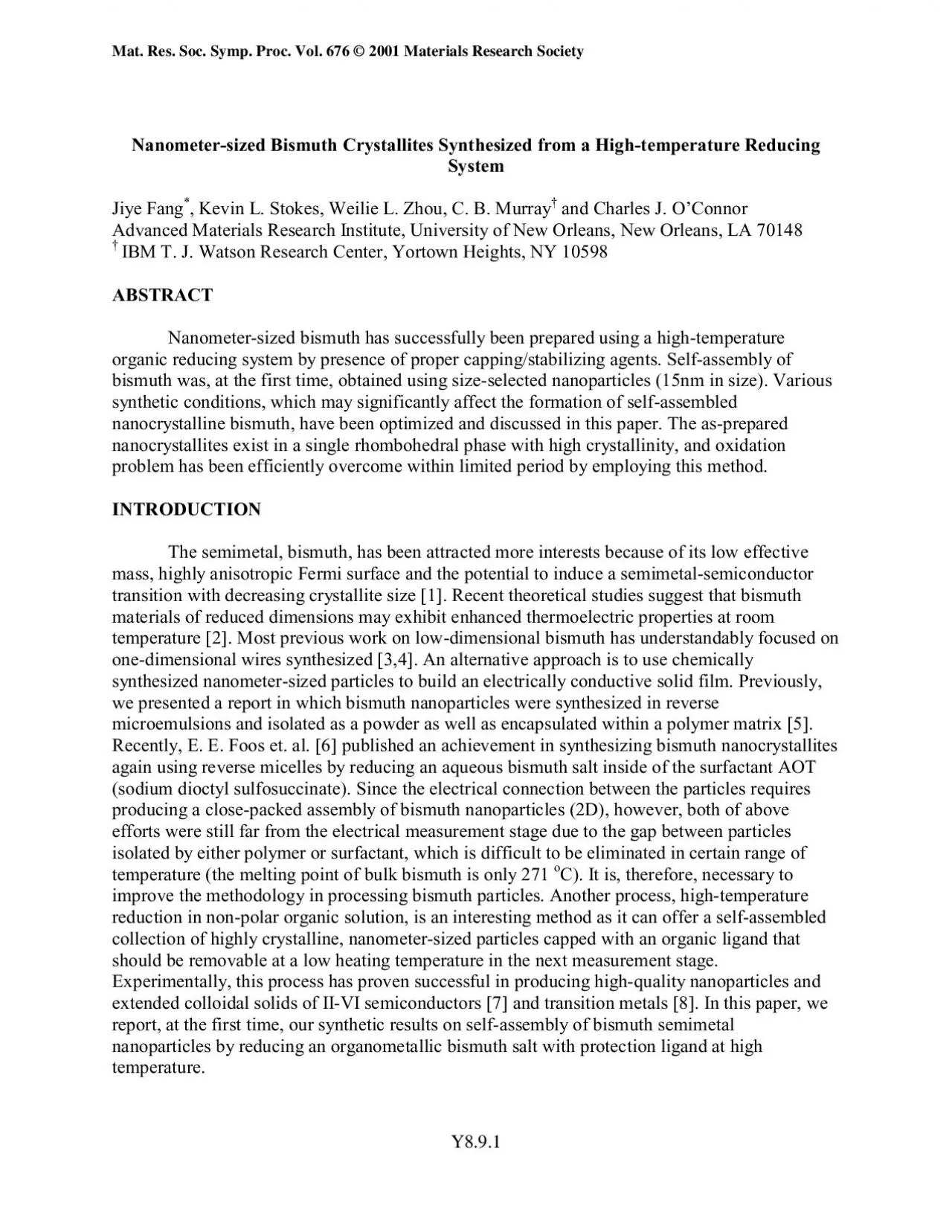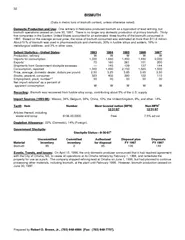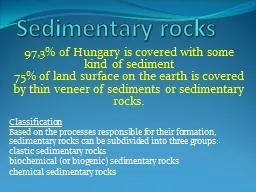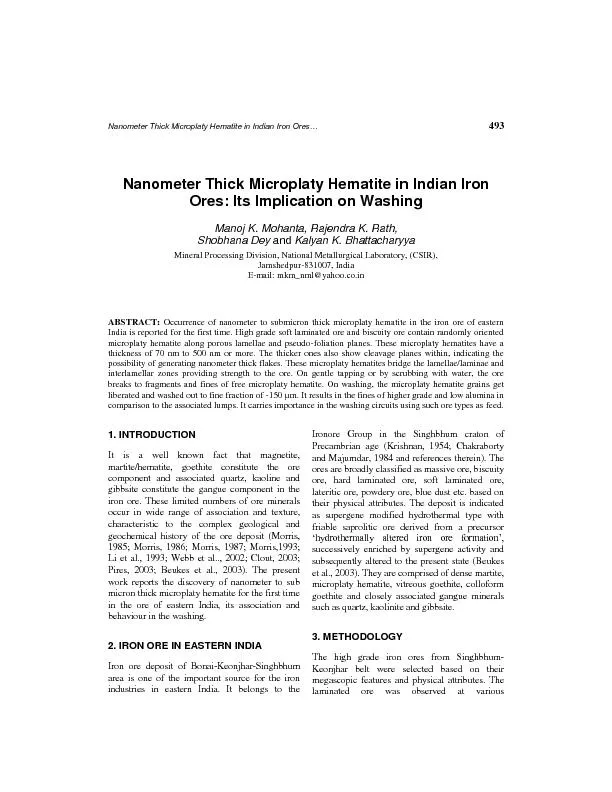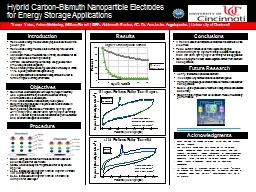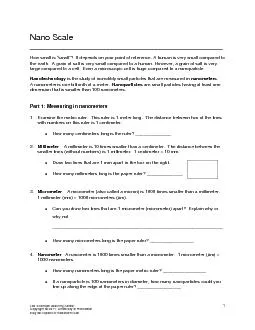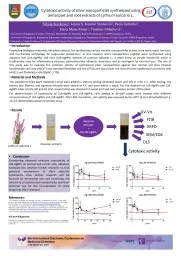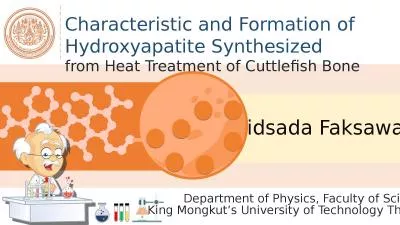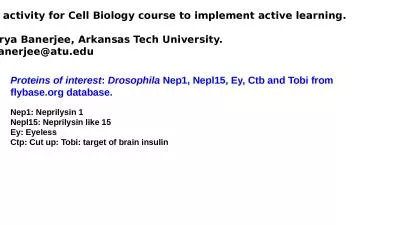PDF-Nanometer-sized Bismuth Crystallites Synthesized from a High-temperatu
Author : crashwillow | Published Date : 2020-11-19
EXPERIMENTThe synthesis of bismuth nanocrystallites was carried out in octyl ether a nonpolarsolvent with high boiling point using standard organometallic reacairlessmoistureless
Presentation Embed Code
Download Presentation
Download Presentation The PPT/PDF document "Nanometer-sized Bismuth Crystallites Syn..." is the property of its rightful owner. Permission is granted to download and print the materials on this website for personal, non-commercial use only, and to display it on your personal computer provided you do not modify the materials and that you retain all copyright notices contained in the materials. By downloading content from our website, you accept the terms of this agreement.
Nanometer-sized Bismuth Crystallites Synthesized from a High-temperatu: Transcript
Download Rules Of Document
"Nanometer-sized Bismuth Crystallites Synthesized from a High-temperatu"The content belongs to its owner. You may download and print it for personal use, without modification, and keep all copyright notices. By downloading, you agree to these terms.
Related Documents

